Fiat CR.42 Falco Bracciano
English Transaltion
Merci à Jean Barby
 |
Le CR.42 Falco (Falcon) a été généralement saluée comme l'un des meilleurs chasseur biplan construit. Malheureusement, il est arrive lorsque l’ère du biplan était dépassé et il a été surclassé par tous les nouveaux appareils
CR.42 Falco (Falcon) est le dernier biplan enté en service à la fin de Mai 1938. Ce Chasseur entré en en première ligne est le successeur de CR.32 l'un des plus célèbres de la guerre civile espagnole qui a combattu sous les cocardes italiennes ou nationalistes
Bien qu’obsolète quand il arrive en unités, il a été construit en plus grand nombre que les autres italiens de combat, et restera en production jusqu’en 1943. En dépit sa silhouette révolue pour l’époque le Fiat CR.42 Falco a joué un rôle crucial dans les premières années de la guerre pour l'Italie, en étant l’un des principaux chasseurs de la force aérienne italienne (Regia Aeronautica )
Pourquoi? Parce qu'il était très léger de plus il est reconnu que c’était un plaisir de voler avec cet appareil qui était à la foi agile et robuste,
Il combat au début de la 2e guerre Mondiale à coté de la Luftwaffe mais aussi dans les rangs de la Belgique et la Hongrie. La Regia Aeronautica l’utilisé sur tous les fronts (Afrique du Nord, Méditerranée, La bataille de la Grande-Bretagne et l'Afrique de l'Est Mais cela a été le chant du cygne du biplan de chasse et du CR 42. Ensuite il n’a été utilisé que comme avion d’entrainement Les Allemands ont utilisé plus de 100 avions comme avion d'attaque de nuit dans des secteur relativement calmes et aussi comme avions d’entrainement.
Histoire
Le Fiat CR.42 a été conçu par Celestino Rosatelli et il a été le dernier chasseur Fiat biplan à entrer en services en première ligne
Il représente la quintessence du chasseur Fiat CR est il est la dernière évolution de la famille Biplan CR commencé avec le CR 30 suivi par le CR 32 roi du ciel espagnol pendant la guerre civile espagnole
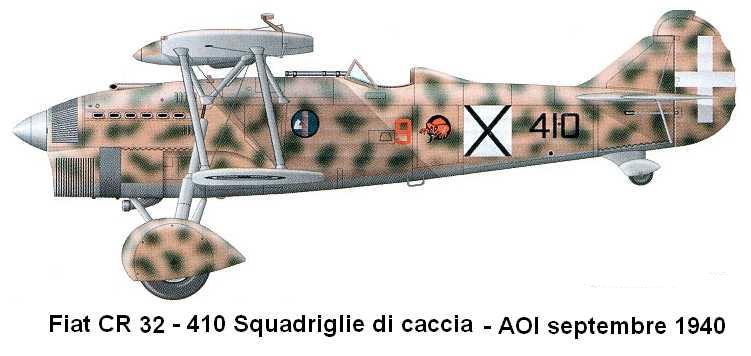 |
| Internet |
Le dernier a été le CR.42 qui est l’évolution de ce concept créé en 1932.
La naissance du dernier biplan de chasse en service durant la 2e Guerre Mondiale a eu lieu pendant les essais d’'un nouveau chasseur monoplan de la Regia Aeronautica (appelée "Série 0" avion). En attente de l'évaluation et de test des différents monoplans, le chef d'état-major de la RA, le Général Valle, ordonne la production du CR.42 comme chasseur de transition avec le moteur en étoile conçu pour faciliter la conversion sur les nouveaux intercepteurs
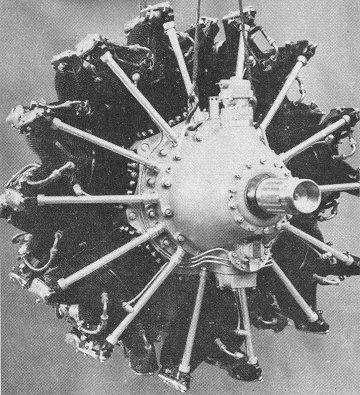 |
| Internet |
A la suite de la guerre d'Espagne a été a vu les exploits du CR 32 Fiat propose à la Regia Aeronautica un modèle plus avancé de chasseur autour du Fiat A.74R1C.38 avec un moteur à étoile suralimenté à refroidissement par air adaptés pour une hélice trois pales FIAT-Hamilton Standard 3D.41-1 de 2,9 m de diamètre . Il aura des ailes sesquiplane (les ailes sont de taille différente)
La configuration de la CR 42 est un classique des années 30 avec un avion biplan à train d'atterrissage principal fixe mais en dépit de cette configuration, le CR.42 est un avion moderne, d'une conception solide avec un cadre en acier et alliages les ailes étant construites avec duralumin et de l'acier. Il comprend un NACA Cowling abritant le logement du moteur, et avec des carénages pour le train d'atterrissage.
Le tout est recouvert de toile. Il atteint une vitesse de 438 km / h à 5.300 m et 342 km / h au niveau du sol..
Son taux de montée était de 1 minute et 25 secondes pour 1000 m et de 7 minutes et 20 secondes pour 6000 m Sur le CR.42 l 'aile supérieure est plus grande que l’aile inférieure d’où le terme de configuration connue sous le nom de sesquiplane L'avion se révéle exceptionnellement agile grâce à son très faible chargement alaire , mais il n'est pas blindé et n’a pas d’équipements radio.
Il a été teste contre le Caproni Ca 165 un autre biplan de chasse et il a été jugé supérieur,
Le biplan de chasse CR.42 Falco a été une amélioration considérable au cours de la CR.32, avec une cellule plus moderne et un moteur plus puissant. Dans les mains d'un bon pilote il peut lutter contre les Hurricanes Mais le jour du biplan de chasse est terminé, et beaucoup de CR.42 ont été abattus en grand nombre
La construction du premier prototype débute au début de l'année 1938 et le 23 Mai 1938, il vole pour la première fois. Déjà une première série de 200 CR.42s avaient déjà été commandés, ce qui fait qu’avant l'entrée de l'Italie dans la guerre, 300 avions ont déjà été livrés à la Regia Aeronautica, constituant environ 40% du potentiel de la Regia Aeronautica Il est entré en service avec le 53e Stormo au printemps 1939 et a servi sur la plupart des fronts, comme un chasseur jusqu’à l’arrivée d’un chasseur plus moderne alliée monoplan Il passa ensuite au rôle de soutien
Il a été en service en 1940 avec quatre Stormi en Méditerranée et de deux Squadriglie en Afrique de l'Est Italienne
Description
Cet appareil conçu par Celestino Rosatelli a souvent été comparé par sa conception au Gloster Gladiator, contre lesquels il a fréquemment combattu en 1940-41,
Il était un biplan sesquiplane Le train d’atterrissage est fixe, et le pilote assis dans un cockpit en plein air derrière le moteur et les ailes .Le moteur Fiat A.74 R1C 14-cylindre en étoile offre 840 chevaux est solide et fiable
Le fuselage de l’avion est un solide cadre en acier et alliage comprenant un logement pour le moteur avec des carénages pour le train d'atterrissage
L’armement initial se composait d’une paire de mitrailleuses 7.7mm synchronisées Breda-SAFAT , mais cela fut remplacée plus tard par un plus puissant ensemble de 2 mitrailleuses lourdes de12,7 mm des. Cette dernière amélioration pouvait aussi être complétée par un montage supplémentaire de mitrailleuses de 12,7 sous les ailes 200 kgs de bombes pouvaient être emporte pour des attaques
Bien que l'âge du biplan touche à sa fin, un certain nombre d'autres armées de l'air ont exprimé leur intérêt dans le nouveau chasseur, et un certain nombre de Falco ont été livrés à des clients étrangers.
Fiat développe rapidement variantes.
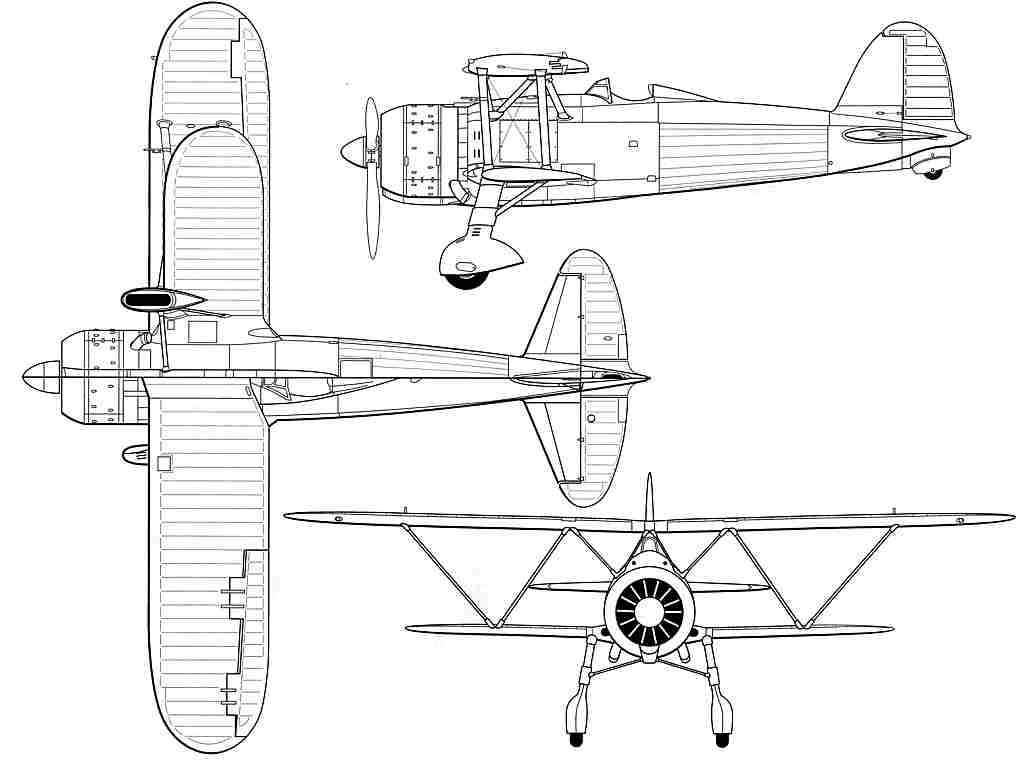 |
| Internet |
La production du CR.42 Falco a cessé en 1942. Certains variantes de cet avions mis en place lors des remises à niveau offrent une augmentation de la puissance feu, l’utilisation comme avions d’entrainement et la capacité de chasse de nuit
CR.42bis et CR.42ter augmentation de la puissance de feu,
CR.42N chasseur de nuit,
CR.42A optimisé pour une attaque au sol,
CR.42B Biposto a deux places formateur. Il a le plus largement modifiée, avec un fuselage plus long permettant l’installation d’un deuxième siège en parallèle. Environ 40 machines ont été produites par Agusta et Caproni Trento.
Sa longueur a été augmentée de 68 centimètres sur le niveau de combat, pour un total de 8,94 m à la hauteur était de 23 centimètres de moins. En Poids à vide il pèse seulement 40 kg de plus, car le carénage des roues a été supprimé. Globalement le poids a été 2300 kg.
Il vole à 430 km / h à 5.300 mètres, soit seulement 8 km / h de moins. En 1945, deux mitrailleuses ont été installées.
I.CR.42 (Idrovolante = hydravion). À partir de 1938, Fiat avait travaillé sur le I.CR.42, La travail a été poursuivit ensuite par l’usine CMASA à Marina di Pisa sur la côte de la mer Tyrrhénienne Le seul prototype a été construit en 1940. Les essais ont commencé au début de 1941. Il avait une vitesse de 423 km / h, pour un rayon d’action de 950 km, tandis que le plafond a été ramené à 9000 m. Son poids à vide passé de 1.720 à 1.850 kg, avec un poids en plaine charge passant de 2295 pleine de 2425 kg.
Le CR.42DB qui possède le moteur Daimler Benz DB 601 V2 moteur de 753 kW
Ce prototype,( MM 469), effectué son premier vol en Mars 1941, Cette variante pourrait atteindre une vitesse de 518 km / h avec un plafond maximum de 10600 m et 'un rayon d’action de 1250 km. Le projet a été annulé car la configuration biplan n'offre pas les avantages de la conception contemporaine du chasseur monoplan. Bien qu'il n'est jamais été produit en série cette variante a la distinction d'être la version la plus rapide du Biplan CR 42.
Le CR 421 au Combat
Le Falco était présent à plus de 140 exemplaire en service en 1939 et duranti l'été 1940. CR.42 s' en sort plutôt bien durant ses combats contre les chasseurs Français et ses interceptions de chasseurs bombardiers sur le sud de la France Il participe meme à l escorte de bombardiers
Le Falco reçoit son baptême du feu pour la première fois dans la brève campagne de France et, plus tard,50 avions de la Corpo Aero Italiano sont basés en Belgique pour des attaques sur le sud de l'Angleterre Mais là à la fin de la bataille de la Grande-Bretagne, les pertes sont terribles
Au Moyen-Orient, le Falco surpasse le Gladiator, et au cours de la campagne grecque on trouve un gruppo de trois Squadriglie de CR.42 qui s’acquitte de ses taches jusqu’à l’arrivée des Hawker Hurricanes qui fait monter le chiffre des pertes régulièrement.
En Afrique de l'Est 51 CR.42s ont été reçus pour compléter les 36 appareils livrés aux Squadriglie l'412A et 413a, mais , ils seront détruits en combat aérien ou au sol face aux avions de la RAF et SAAF.
Les CR.42 jouent un dernier rôle en Afrique du Nord avec la version chasseur-bombardier CR.42AS version adaptée à transporter deux 100 kg de bombes, au sein des 5 ° , 15 ° et 50 ° Stormi Assalti jusqu'en Novembre 1942.
Etant totalement surclassé par les nouveaux avions monoplans le CR.42 a joué un rôle de plus en plus réduit, en particulier suite à l’armistice de septembre 1943. La capitulation de l'Italie voit la fin du CR 42 au sein des unités de la Regia Aeronautica Le CR.42 ont été utilisés par l'Italie après cobelligérant au sein de l’ IcoAf puis par la force aérienne de la République sociale italienne RSI la Luftwaffe allemande a commandé de son coté quelques 200 CR.42LW (Luftwaffe) pour des vols de chasse de nuit 150 ont été produite, et 112 d'entre eux est entré en service avec les allemands
On ne connait pas avec certitude le nombre de CR.42s construits. Le plus probable est 1819 au total, mais au moment de l'armistice italien en Septembre 1943 seulement 64 avions restaient en service
Utilisateurs étrangers
Hongrie 72 ont été livrés à la Hongrie entre 1939 et 1941, où ils ont rempli leur role d'attaque au sol et de formation.
Belgique, 25 livrés dont certains furent abattus par la chasse allemandes au cours de l'invasion allemande en 1940.
La Suède a reçu 72 appareils entre 1940 et 1941, qui étaient équipées de radios, de la lumière de blindage de ski comme train d'atterrissage;
 |
Désigné J 11, ces versions suédoise du CR.42 ont obtenus des résultats médiocres en raison des conditions météo et d’un mauvaise maintenance Le CR.42 a été déclarée obsolète en 1945, et les autres appareils ont été achetés par AB Svensk Flygtjänst et utilisés pour remorquage de cibles fonctions
SAAF
Utilisé par l' Afrique du Sud avant vente à la Suèd
Caractéristiques
Poids maxi 2295 kg
Poids vide 1782 kg
Longueur 8.25m
Envergure 9,7 m
Hauteur 3.59m
Surface alaire 22,4 m2
Moteur de Fiat A.74 RC 38 840 HP
Vitesse 430 km / k
Plafond 10000m
Gamme de 775 kms
Armement 1x7.7mm Breda-SAFAT mitrailleuse ou 2x12.7mm Breda-SAFAT mitrailleuses
CR 42 bis 4x12.7mm mitrailleuses, facultatif 2x7.7mm Breda-SAFAT mitrailleuses
200kgs bombes
Utilisateurs Users
.gif) |
.jpg) |
| Italie |
Afrique du Sud |
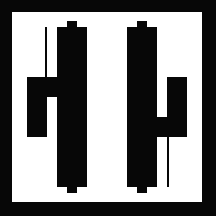 |
.jpg) |
| Republique Sociale Italienne |
Hongrie |
.png) |
 |
| Belgique |
Suede |
.jpg) |
.gif) |
| Autriche |
Allemagne |
.jpg) |
.jpg) |
| Chine |
Chili |
.jpg) |
.jpg) |
| Espagne |
Venezuela |
 |
| Italie Cobelligerante |
Autre Photoscope Other Walk Around 1 2
CR.42 Falco
 |
The CR.42 Falco (Falcon) has been generally heralded as one of the best biplane fighters ever built. Unfortunately, it was past the age of the biplane, and it was outclassed by all modern fighters of the era
CR.42 Falco (Falcon) was the last of the biplane fighters entering flight testing in late May 1938 . Fiat CR.42 was the last of the Fiat biplane fighters to enter front line service as a fighter It was a successor of CR.32 one of the most famous of the the Spanish civil war
under the banner of the Spanish Nationalist or Italian Roundels Althougth obsolote when he arrive in unities ,he was manufactured in larger numbers than any other Italian fighter, remaining in production as late as 1943. Despite its by-gone era appearance, the Fiat CR.42 Falco (meaning "Falcon") played a crucial role in the early war years for Italy, serving as the primary fighter for the Italian air force (Regia Aeronautica
Why ? Because he was extremely light on the controls, universally viewed as a delight to fly, superbly agile and robust,
He fight during the beginning of WW2, alongside the Luftwaffe seeing combat in both Belgium and Hungary. Regia Aeronautica used them on all fronts ( North Africa, Mediterranean, Battle of Britain and East Africa) but it was the swan song of the fighter biplane and of the CR 42 . Then he was used as trainer aircraft.Germans use more than 100, as night attack aircraft in relatively quiet theatres and as fighter-trainers.
History
The Fiat CR.42 designed by Celestino Rosatelli was the last of the Fiat biplane fighters to enter front line service as a fighter, and represented the epitome of the type.Fiat CR 42 was the last evolution of the familly fot eh Biplan CR started withe the CR 30 follow by the CR 32 king of the Spanish Skies during the Spanish Civil War
 |
The CR.42 was a last evolution of this concept created in 1932.
The birth of the last fighter biplane in service in World War 2 took place during the trial for a new monoplane fighter for the Regia Aeronautica (called "Series 0" aircraft). Waiting for the evaluation and testing of the various monoplanes, the Chief of Staff of the R.A., Gen. Valle, ordered the production of the CR.42 which he identified as a transition fighter with radial engine, conceived to ease the conversion on the new interceptors
Following the Spanish War was has seen the Feats of the CR 32 Fiat proposing to the Regia Aeronotica a more advanced fighter based around the Supercharged Fiat A.74R1C.38 air-cooled radial engine geared to drive a metal three-blade FIAT-Hamilton Standard 3D.41-1 propeller of 2.9 m diameter and a robust, clean, sesquiplane design( wings were of unequal size )
 |
| Internet |
The configuration of CR 42 was a classic of the 30’s aircraft Biplane with a Fixed main Landing gear peharps in spite of this configuration, CR.42 was a modern, "sleek-looking" design based around a strong steel and alloy frame incorporating a NACA Cowling housing the radial engine, with fairings for the landing gear.
Rigidly-braced wings covered with fabric were constructed with duralumin and steel. It reached a top speed of 438 km/h at 5,300 m and 342 km/h at ground level.
Climb rate was 1 minute and 25 seconds to 1,000 m and of 7 minutes and 20 seconds to 6,000 m The CR.42's upper wing was larger than its lower wing, a configuration known as a sesquiplane The aircraft proved exceptionally agile thanks to its very low wing loading, But he has not armour and radio equipment.
He was teste against the Caproni Ca 165 another biplane fighter, and was judged to be superior,
The CR.42 Falco biplane fighter was a considerable improvement over the CR.32, with a more modern airframe and more engine power. In the hands of a good pilot the Falco could sometimes outfight Hurricanes But the day of the biplane fighter was over, and CR.42s were shot out of the sky in huge numbers
Th building of the first prototype took in early 1938 and on May 23rd 1938 it flew for the first tim,.and a first series of 200 CR.42s had been already ordered, and before the entrance of Italy in the war, 300 aircraft had been already delivered to the Regia Aeronautica, constituting about 40% of the strength of the whole Regia Aeronautica It entered service with the53rd Stormo in spring 1939 and served on most fronts as a fighter until the more modern monoplane allied fighters saw it used in a ground support role, ; He was in June 1940 in service with four stormi in the Mediterranean plus two squadriglie in Italian East Africa
Description
This aircraft designed by Celestino Rosatelli utilized was often compared in concept and design with the Gloster Gladiator, against which it frequently fought in 1940-1, the Fiat CR.42 Falco (falcon) biplane did not first fly until 1939,
He was a sesquiplane biplane approach where the lower wing assembly was shorter in span than the upper. The undercarriage remained fixed and the pilot sat in an open-air cockpit behind the engine and entire wing assembly. A Fiat-brand A.74 R1C
14-cylinder radial piston engine of 840 horsepower powered the type offering up good range and an adequate service ceiling. He has a strong steel and alloy frame incorporating a NACA Cowling housing the radial engine, with fairings for the landing gear.
Armament initially consisted of a pair of synchronized 7.7mm Breda-SAFAT machine guns but this was later upgraded to a more potent array of 2 x 12.7mm heavy machine guns. The latter upgrade could also be complimented with an additional 2 x 12.7mm machine guns in underwing fairing positions. A bombload of up to 440lbs could be added underwing for strike sorties
 |
| |
Although the age of the biplane was coming to an end a number of other air forces expressed interest in the new fighter, and a number of early Falcos were delivered to foreign customers.
Fiat devellope quickly variants.
Production of the CR.42 Falco fighters ceased in 1942. Some of the aircraft produced were upgraded variants with enhancements such as increased firepower, additional seat for training use, and capability for night fighting
CR.42bis and CR.42ter had increased firepower,
CR.42N was a night fighter,
CR.42AS was optimised for ground attack,
CR.42B Biposto was a two-seat trainer. He has the most extensively modified, with a longer fuselage allowing a second seat to be placed in tandem. About 40 machines were produced by Agusta and Caproni Trento.
Its length was increased by 68 centimeters over the standard fighter, to a total of to 8.94 m; the height was 23 centimeters less. Empty weight was only 40 kg more, as the wheel fairings had been removed. Overall weight was 2,300 kg. Top speed was 430 km/h at 5,300 meters, only 8 km/h less. Up to 1945, two machine guns were fitted.
I.CR.42 (Idrovolante= seaplane) . Beginning in 1938, Fiat had worked on the I.CR.42, then gave the task to complete the project to CMASA factory in Marina di Pisa on the Tirreno sea coast. The only prototype was built in 1940. Tests started at the beginning of 1941. Top speed was 423 km/h, range was 950 km while ceiling was reduced to 9,000 m. Empty weight went from 1,720 to 1,850 kg, full weigh from 2,295 to 2,425 kg.
CR.42DB He has the Daimler Benz DB 601 V2 engine of 753 kW This prototype, MM 469), flown in March 1941, This variant could reach a top speed of 518 km/h with a maximum ceiling of 10,600 m and a range of 1,250 km. The project was cancelled as the biplane configuration did not offer any advantages over contemporary monoplane fighter designs. Although it never went into production, to this day the variant has the distinction of being the fastest biplane ever flown.
Operational Life
Falco was initially fielded in 1939 with over 140 in service by the summer of 1940. CR.42's fared reasonably well as dogfighters and interceptors against French fighters and bombers over Southern France and were adept at bomber escorting and light bombing French ground targets themselves
The Falco first saw combat in the brief French campaign, and later 50 aircraft accompanied the Corpo Aero Italiano to bases in Belgium for attacks on southern England at the end of the Battle of Britain, suffering heavily losses
In the Middle East the Falco fared better, however, being more of a match for the widelyused Gladiator; during the Greek campaign one gruppo of three CR.42 squadriglie was committed and, except on a few occasions, acquitted itself well; but when Hawker Hurricanes eventually arrived the Italian biplane losses mounted steadily. In East Africa 51 crated CR.42s were received to supplement the 36 aircraft delivered to the 412a and 413a Squadriglie, but in due course they were destroyed in the air or on the ground, although they took a heavy toll of the antiquated aircraft of the RAF and SAAF.
CR.42's were fielded in this latter role over North Africa as well.In the Western Desert CR.42 fighters were joined by the CR.42AS fighter-bomber version adapted to carry two 100kg bombs, and these continued in service with the 5°, 15° and 50° Stormi Assalti until November 1942.
. Being wholly outclassed by the crop of monoplane aircraft littering the skies by the middle years of the war, the CR.42 played a more diminished role, particularly by the end of Italy's involvement in the conflict. The capitulation of Italy si the end of the the Regia Aeronautica- CR.42's were used after by the Italian belligerant Air force IcoAf, the Air force of the Italian socialist Republic RSIAF http://surfcity.kund.dalnet.se/falco_ra.htm and German Luftwaffe put in an order of their own for some 200 CR.42LW (LuftWaffe) models for "night harassment" duty, 150 were eventually produced, and 112 of them entered German service
It is still not certain how many CR.42s were built. The most likely estimate is 1,819 in total but at the time of the Italian armistice in September 1943 only 64 remained in service
Foreing Users
Some CR.42 Falco aircraft were exported.
Hungary 72 were delivered to Hungary between 1939 and 1941, where they fulfilled ground attack and training roles.
Belgium, 25 delivred some of which actually downed a small number of the superior German aircraft during the German invasion in 1940.
Sweden received 72 aircraft between 1940 and 1941, which were retrofitted with radios, light armor, and ski landing gear; designated J 11, these Swedish versions of the CR.42 fighters performed poorly due to the cold weather and poor war time maintenance procedures
 |
SAAF
he CR.42 was declared obsolete in 1945 and the remaining aircraft were purchased by AB Svensk Flygtjänst and used for target towing duties
Technical data
Weigth Take-off 2295 kgs
Weight Loaded 1782 kgs
Length 8.25m
Wing Span 9.7 m
Heigth 3.59m
Wing Area 22.4 m2
Engine Fiat A.74 RC 38 840 HP
Speed 430 kms/k
Ceiling 10000m
Range 775 kms
Armament 1x7.7mm Breda-SAFAT machine gun or 2x12.7mm Breda-SAFAT machine guns
CR 42 bis 4x12.7mm machine guns, optional 2x7.7mm Breda-SAFAT machine guns
200kgs bombs
Autres Photoscopes Others Walk Around
Fiat CR 42 Falco (Hendon)
Fiat CR 42 Falco Bracciano
Fiat CR 42 Falco Bracciano
Fiat CR 42 Falco Restauration(Duxford)
Fiat CR.42 Falco Flygvapenmuseum Linköping


















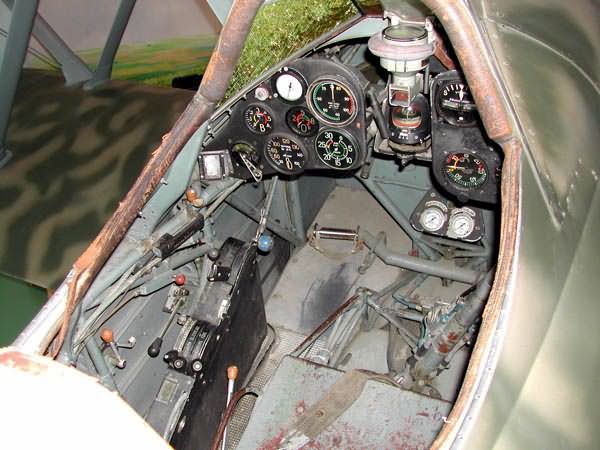
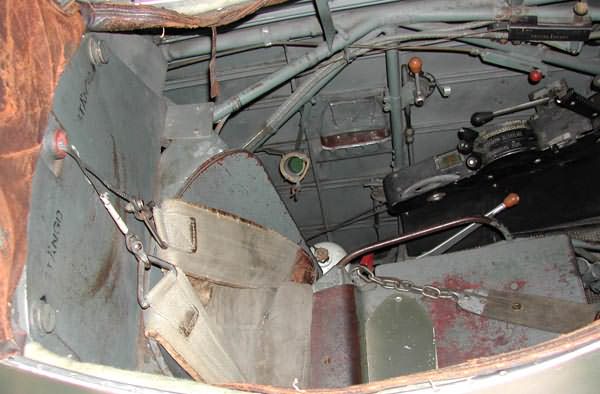
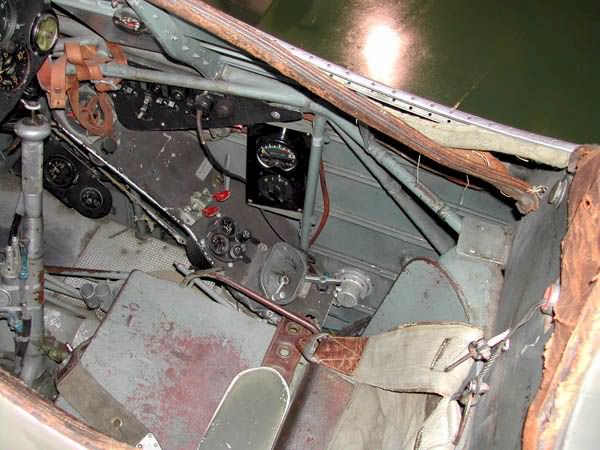
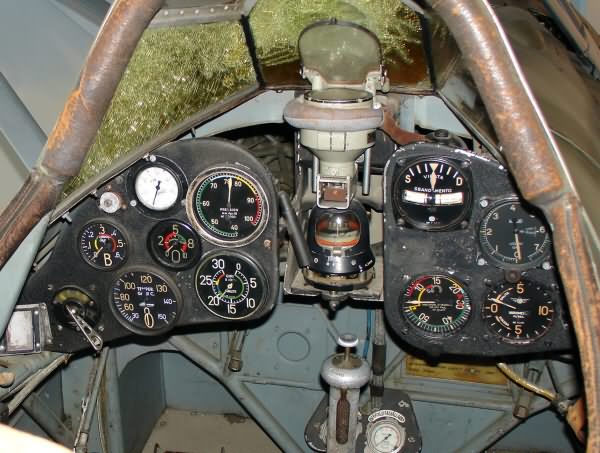


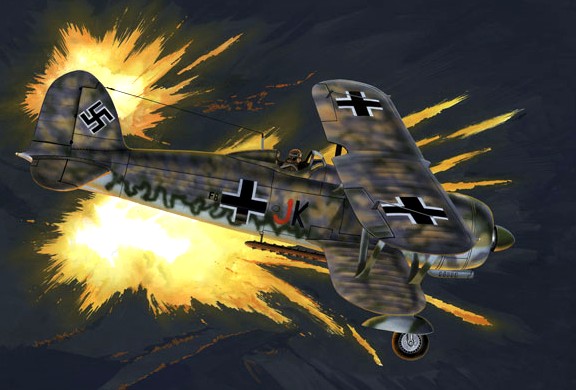

.gif)
.jpg)

.jpg)
.png)

.jpg)
.gif)
.jpg)
.jpg)
.jpg)
.jpg)
